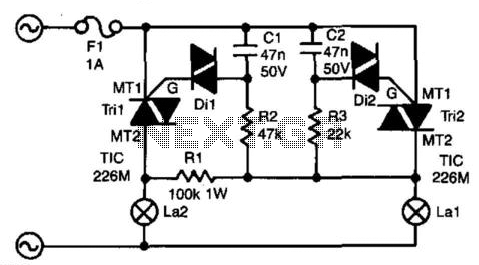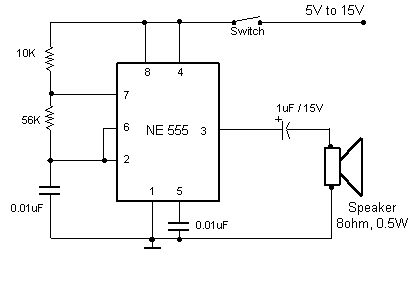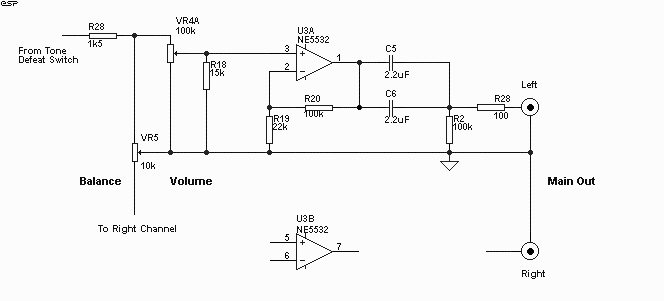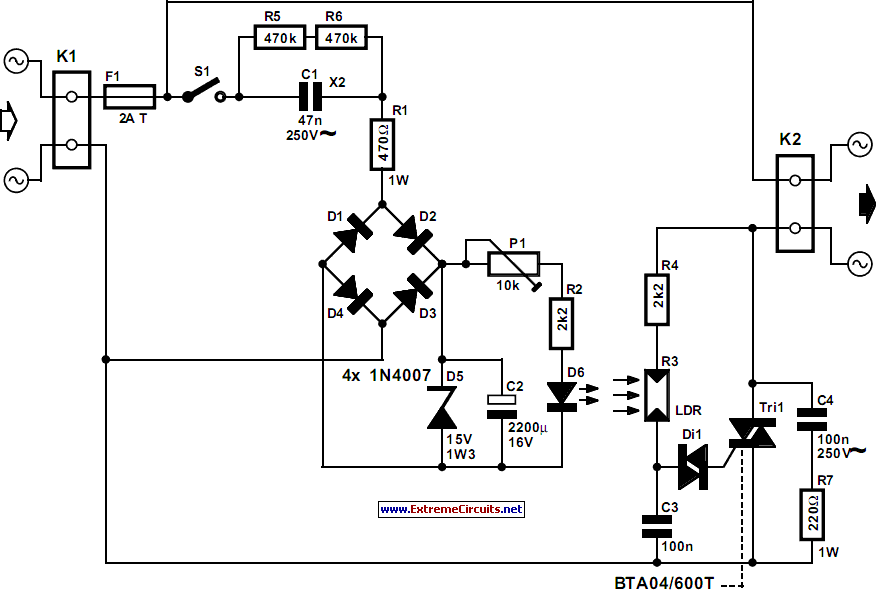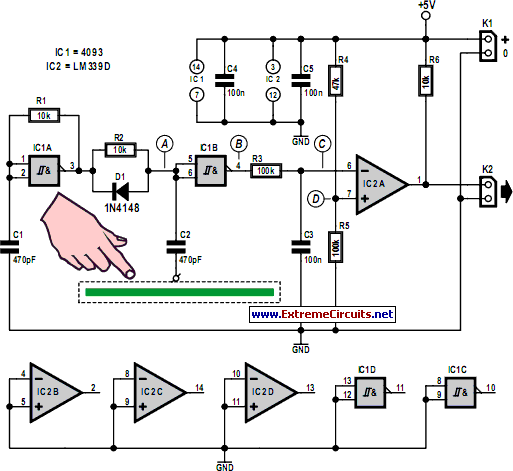
make these simple light fader circuits
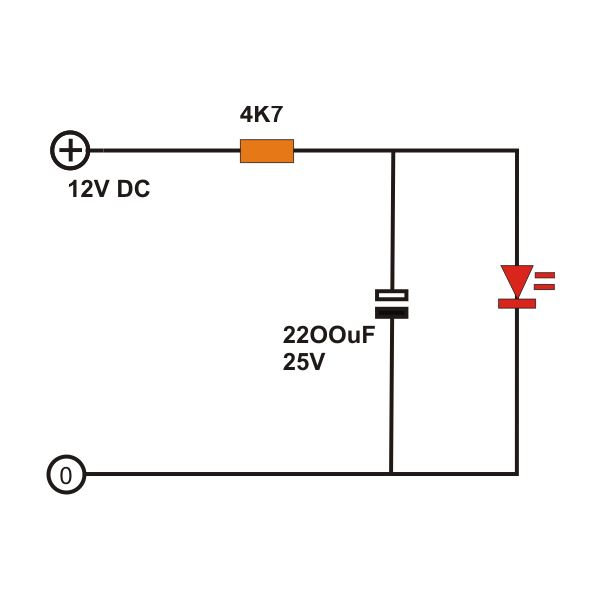
The light fader circuits described here share a common concept of creating a gradual "cool" switch ON and switch OFF effect for connected lamps. This means that each time the lights are activated, the result is a smooth transition rather than an abrupt change, resulting in a captivating slow increase and decrease in brightness. This effect may also contribute to an eerie ambiance in the environment where it is installed.
The light fader circuit typically employs a combination of resistors, capacitors, and transistors or integrated circuits (ICs) to achieve the desired dimming effect. The primary function of the circuit is to control the voltage supplied to the lamp, allowing for a controlled rise and fall in brightness.
When the circuit is powered on, a capacitor begins to charge through a resistor, which gradually increases the voltage across the lamp. The rate of this increase is determined by the time constant of the RC (resistor-capacitor) network, which can be adjusted by varying the resistance or capacitance values. As the capacitor charges, the lamp slowly brightens, creating a smooth glow effect.
Conversely, when the circuit is switched off, the capacitor discharges through the resistor, leading to a gradual decrease in voltage and a slow dimming of the lamp. This decay effect can be fine-tuned to achieve the desired duration of the fade-out, allowing for a customizable experience.
In practical applications, these circuits can be used in various settings, such as in theaters, mood lighting in homes, or even in haunted house attractions to create an atmospheric effect. The design can be further enhanced by incorporating microcontrollers that allow for programmable fade rates and patterns, adding versatility to the light fader circuit. Additionally, safety features such as over-current protection and thermal cutoffs may be integrated to ensure reliable operation and longevity of the components involved.
Overall, the light fader circuit provides an effective means of enhancing lighting aesthetics, contributing to the ambiance of any space through its gradual transition effects.The light fader circuits presented here have a common idea of producing a “cool†switch ON and switch OFF effect on the connected lamps, i.e. every time these lights are switched; the outcome is gradual and not sudden, producing an interesting slow glow and slow decay in the brightness of the lamps.
The effect may also be responsible of producing a strange spooky feeling around the place where it may be installed.. 🔗 External reference
The light fader circuit typically employs a combination of resistors, capacitors, and transistors or integrated circuits (ICs) to achieve the desired dimming effect. The primary function of the circuit is to control the voltage supplied to the lamp, allowing for a controlled rise and fall in brightness.
When the circuit is powered on, a capacitor begins to charge through a resistor, which gradually increases the voltage across the lamp. The rate of this increase is determined by the time constant of the RC (resistor-capacitor) network, which can be adjusted by varying the resistance or capacitance values. As the capacitor charges, the lamp slowly brightens, creating a smooth glow effect.
Conversely, when the circuit is switched off, the capacitor discharges through the resistor, leading to a gradual decrease in voltage and a slow dimming of the lamp. This decay effect can be fine-tuned to achieve the desired duration of the fade-out, allowing for a customizable experience.
In practical applications, these circuits can be used in various settings, such as in theaters, mood lighting in homes, or even in haunted house attractions to create an atmospheric effect. The design can be further enhanced by incorporating microcontrollers that allow for programmable fade rates and patterns, adding versatility to the light fader circuit. Additionally, safety features such as over-current protection and thermal cutoffs may be integrated to ensure reliable operation and longevity of the components involved.
Overall, the light fader circuit provides an effective means of enhancing lighting aesthetics, contributing to the ambiance of any space through its gradual transition effects.The light fader circuits presented here have a common idea of producing a “cool†switch ON and switch OFF effect on the connected lamps, i.e. every time these lights are switched; the outcome is gradual and not sudden, producing an interesting slow glow and slow decay in the brightness of the lamps.
The effect may also be responsible of producing a strange spooky feeling around the place where it may be installed.. 🔗 External reference
Warning: include(partials/cookie-banner.php): Failed to open stream: Permission denied in /var/www/html/nextgr/view-circuit.php on line 713
Warning: include(): Failed opening 'partials/cookie-banner.php' for inclusion (include_path='.:/usr/share/php') in /var/www/html/nextgr/view-circuit.php on line 713

